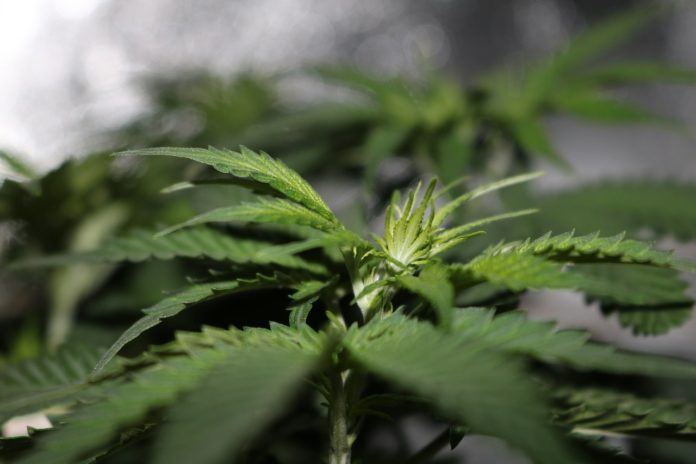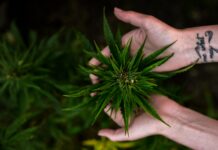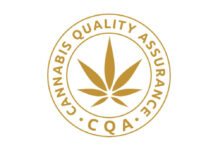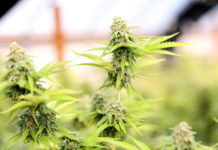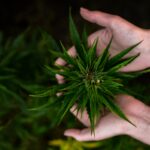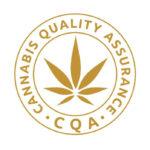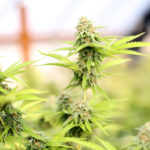The federal government’s Task Force on Cannabis Legalization and Regulation report released last December includes a comprehensive review of the research and recommendations of the nine-member group, made of up public health experts from across Canada.
As the Cannabis Act—the government’s proposed cannabis legalization legislation—moves its way through Parliament, it’s important to look back and see the task force’s recommendations. While the Cannabis Act does not contain details that adhere to all of these recommendations, like the allowance of edibles and other non-dried or orally-consumed, oil-based cannabis products, many other aspects are reflected in the Cannabis Act.
Below is a short breakdown of the Task Force’s recommendations. The very extensive report can be read here. It looks at nine key public policy objectives and provides numerous recommendations in regard to how cannabis should be produced, sold and regulated.
-
Age limit of 18 nationally, can be made higher by provinces and territories.
-
Limits on advertising, promotion
-
National home production limit of 4 plants per household. This can be made lower by provinces and territories, but not higher.
-
No co-location of cannabis with tobacco or alcohol
-
Taxation based on THC levels to discourage use of high THC products
-
Flexible system that can adapt tax and price approaches to changes within the marketplace
-
30 gram limit for personal possession
-
corresponding sales limit be implemented for dried cannabis
-
Require plain packaging
-
Edible products should not be appealing to children, create consistent packaging to convey THC levels
-
Label all THC and CBD levels
-
Implement as soon as possible an evidence-informed public education campaign, targeted at the general population but with an emphasis on youth, parents and vulnerable populations
-
Coordinate messaging with provincial and territorial partners
-
Adapt educational messages as evidence and understanding of health risks evolve, working with provincial and territorial partners
-
Promote environmental stewardship by implementing measures such as permitting outdoor production
-
Regulate CBD and other compounds derived from hemp or from other sources
-
Access via a direct-to-consumer mail-order system
-
Maintain a separate medical access framework to support patients


